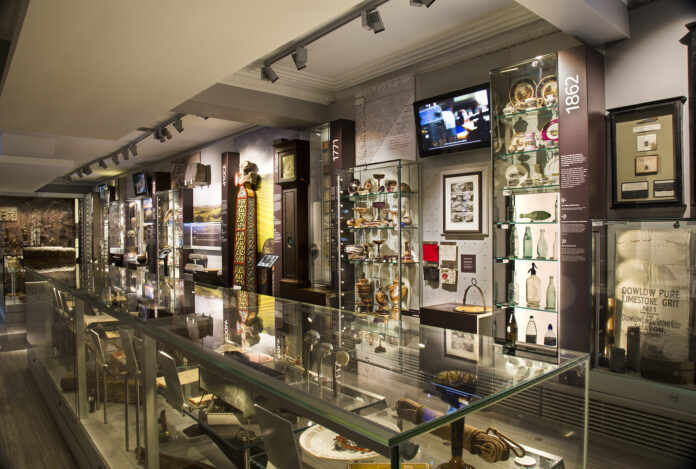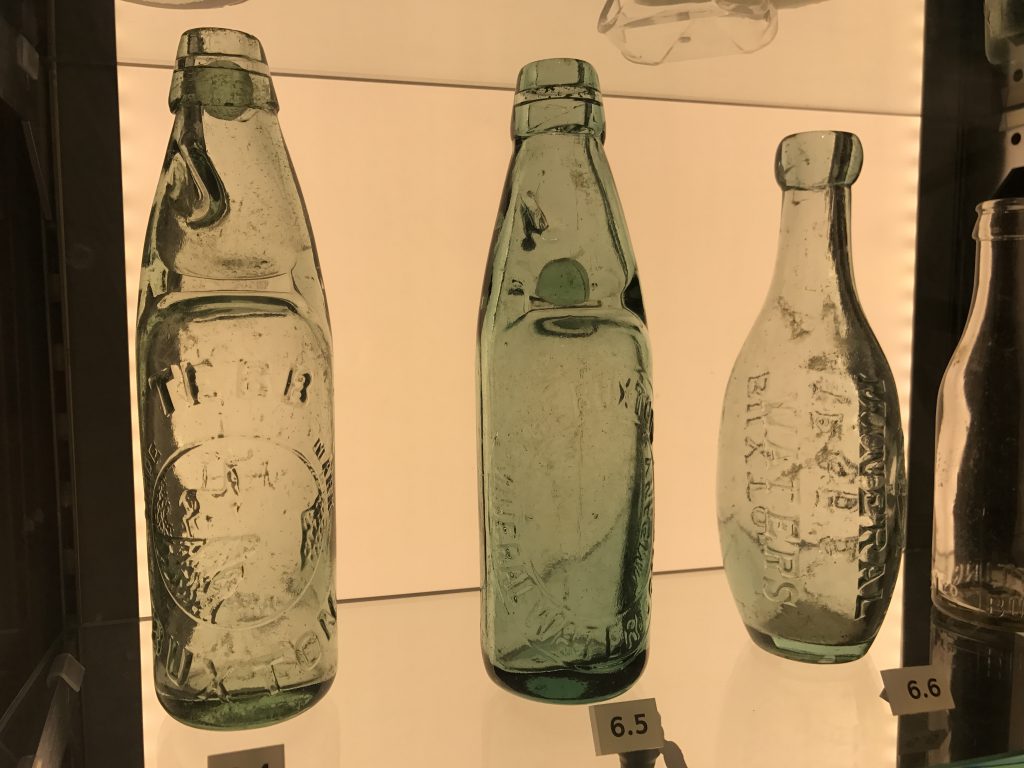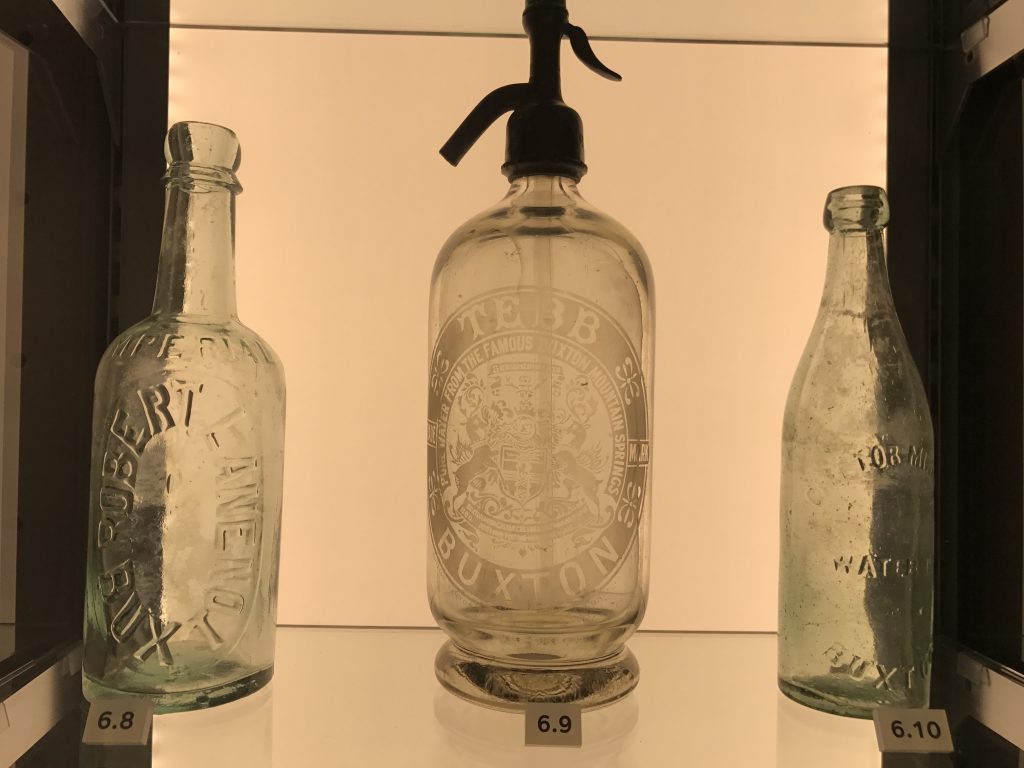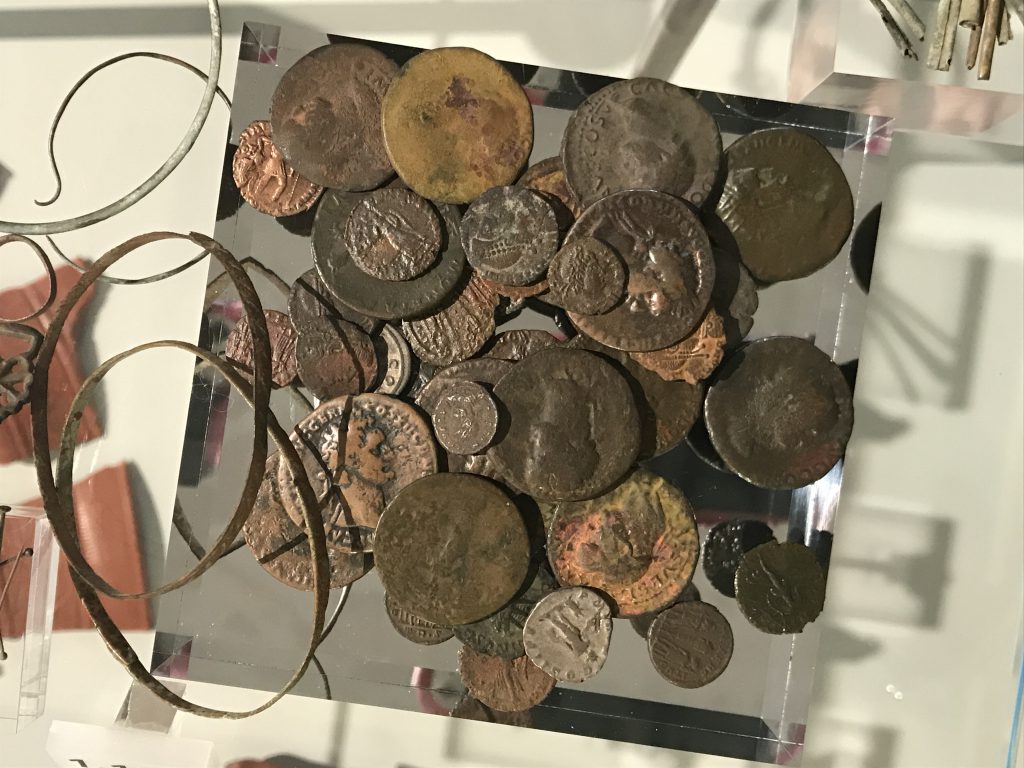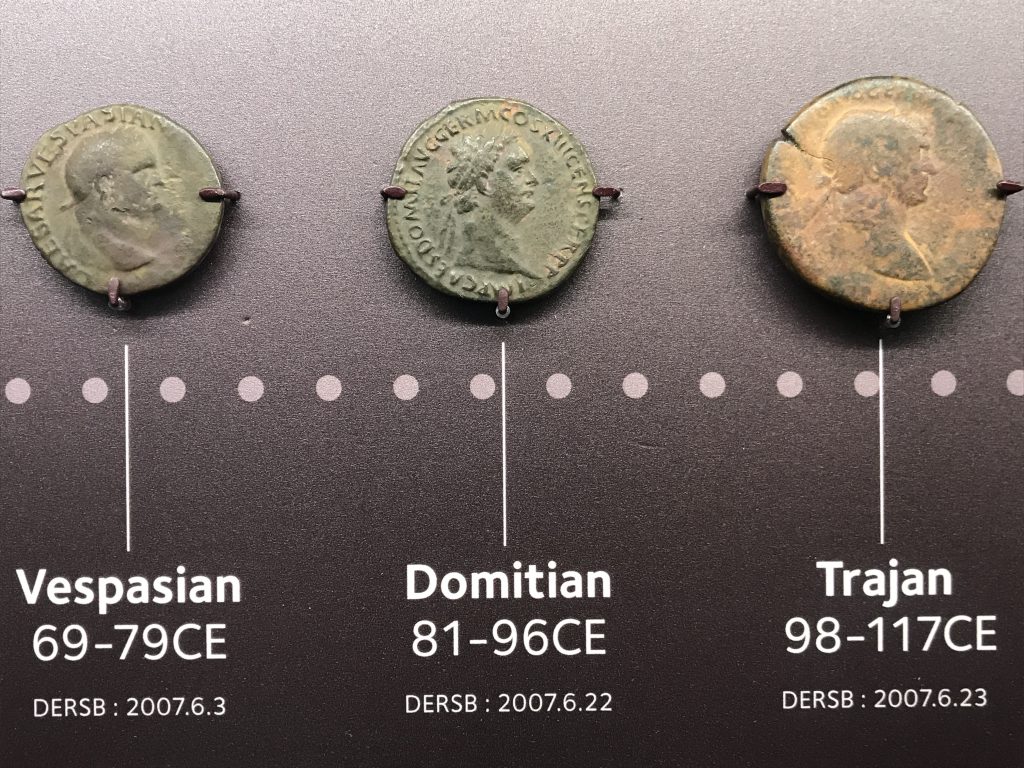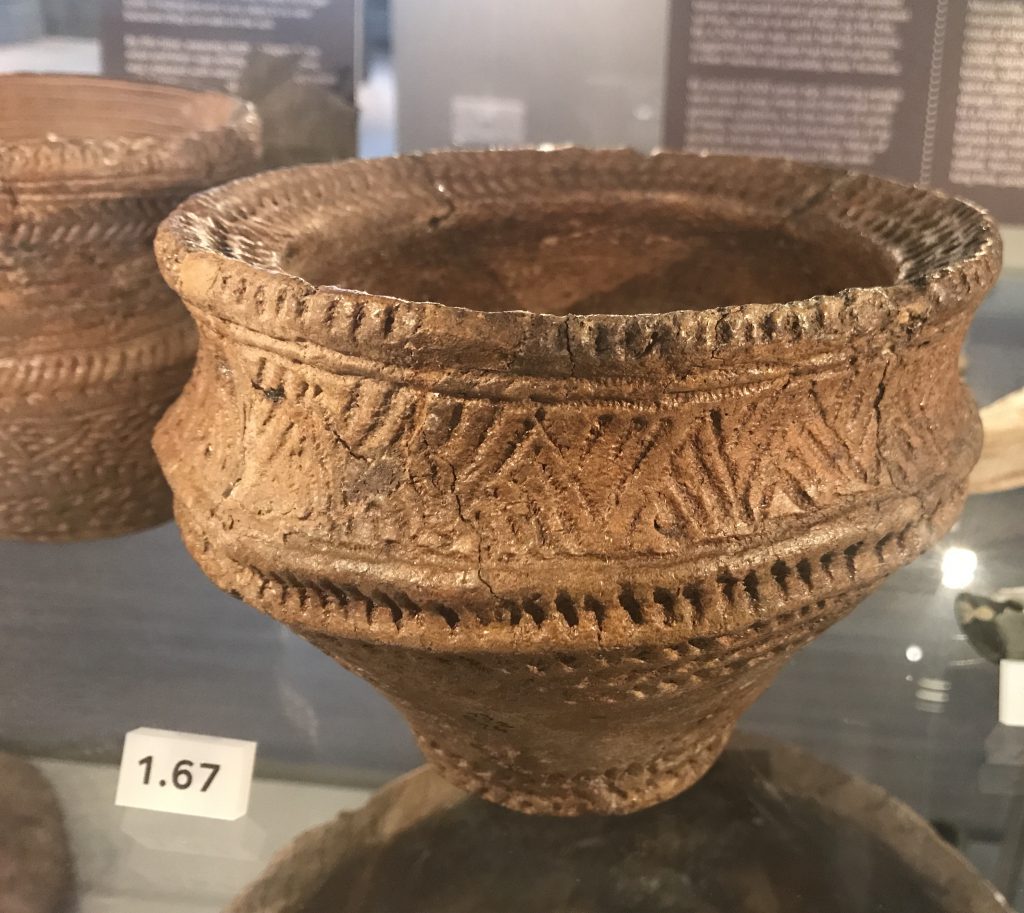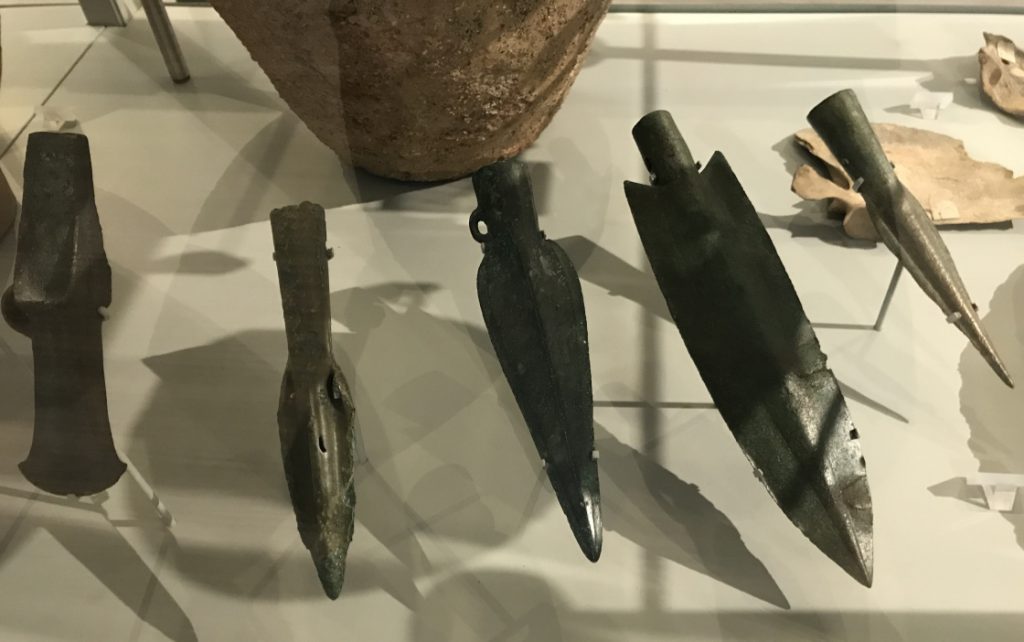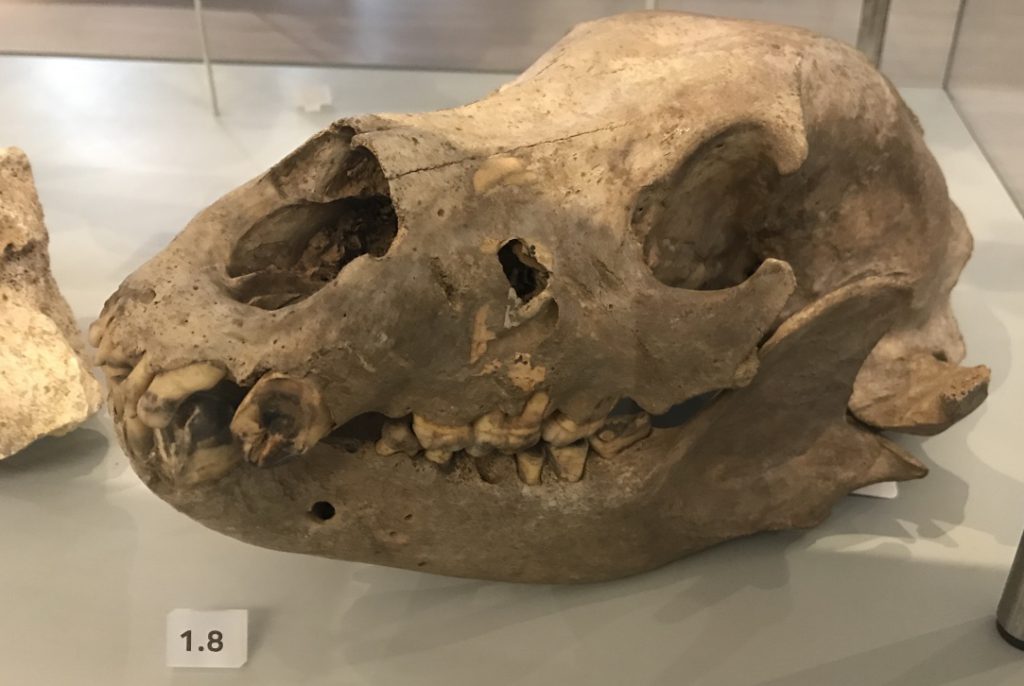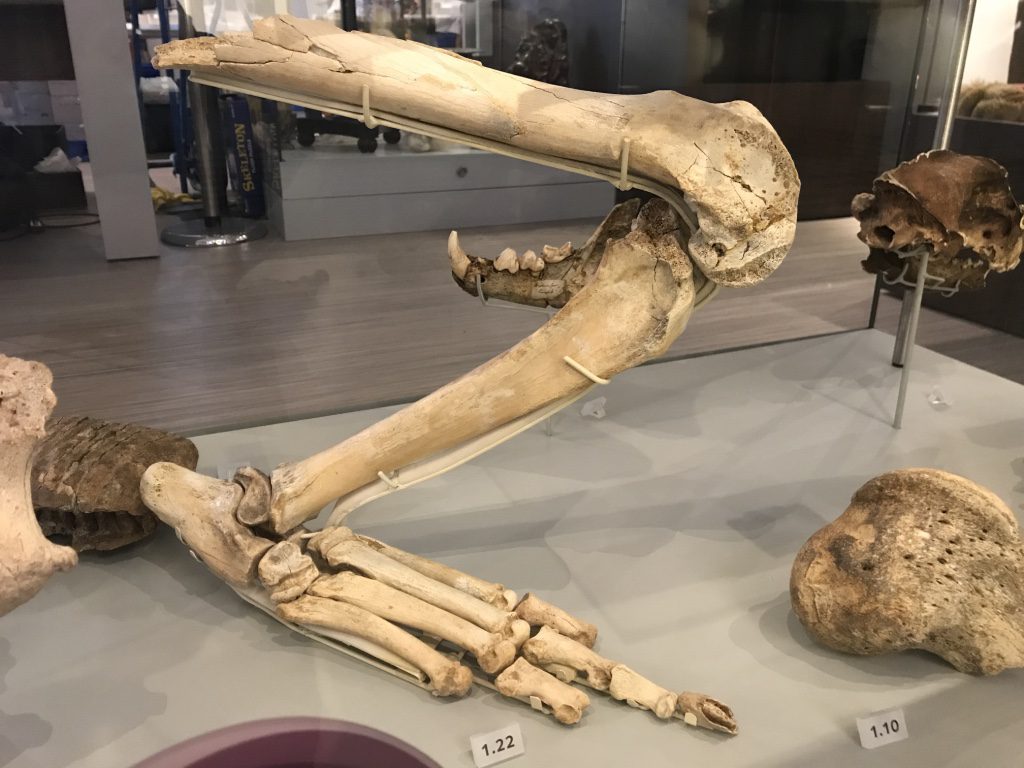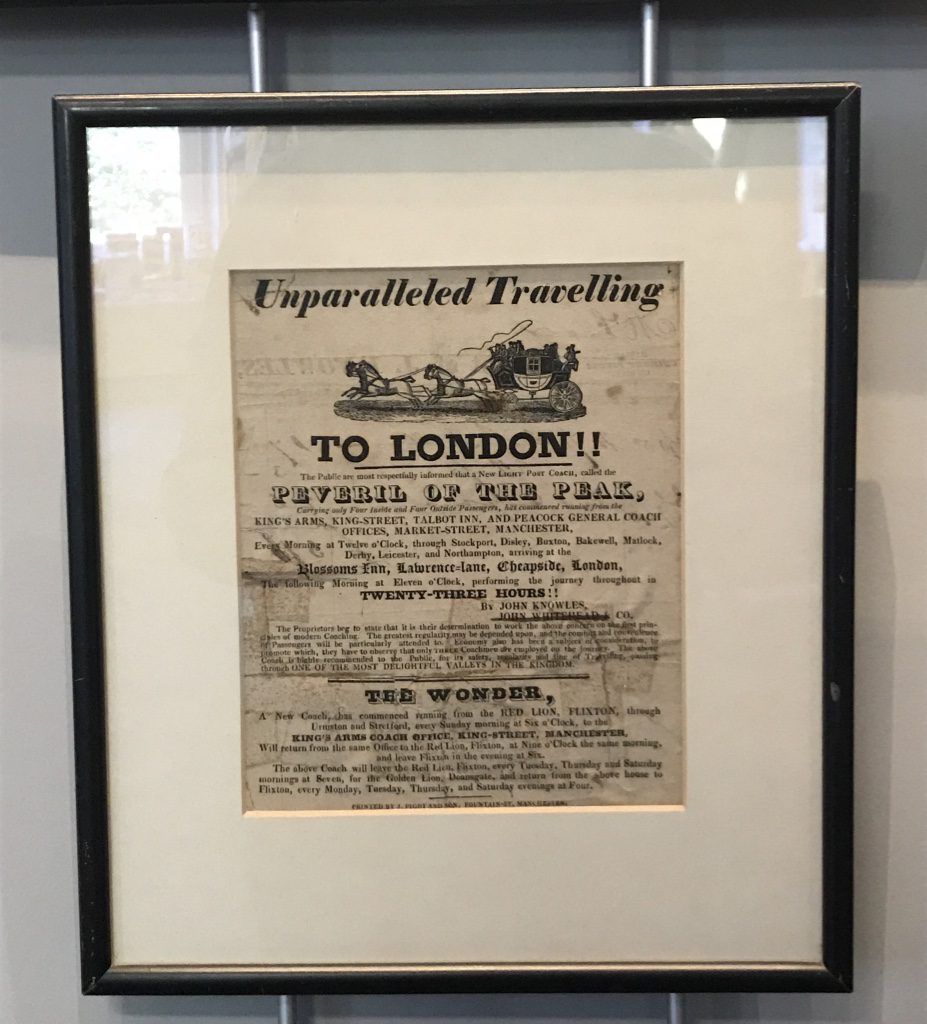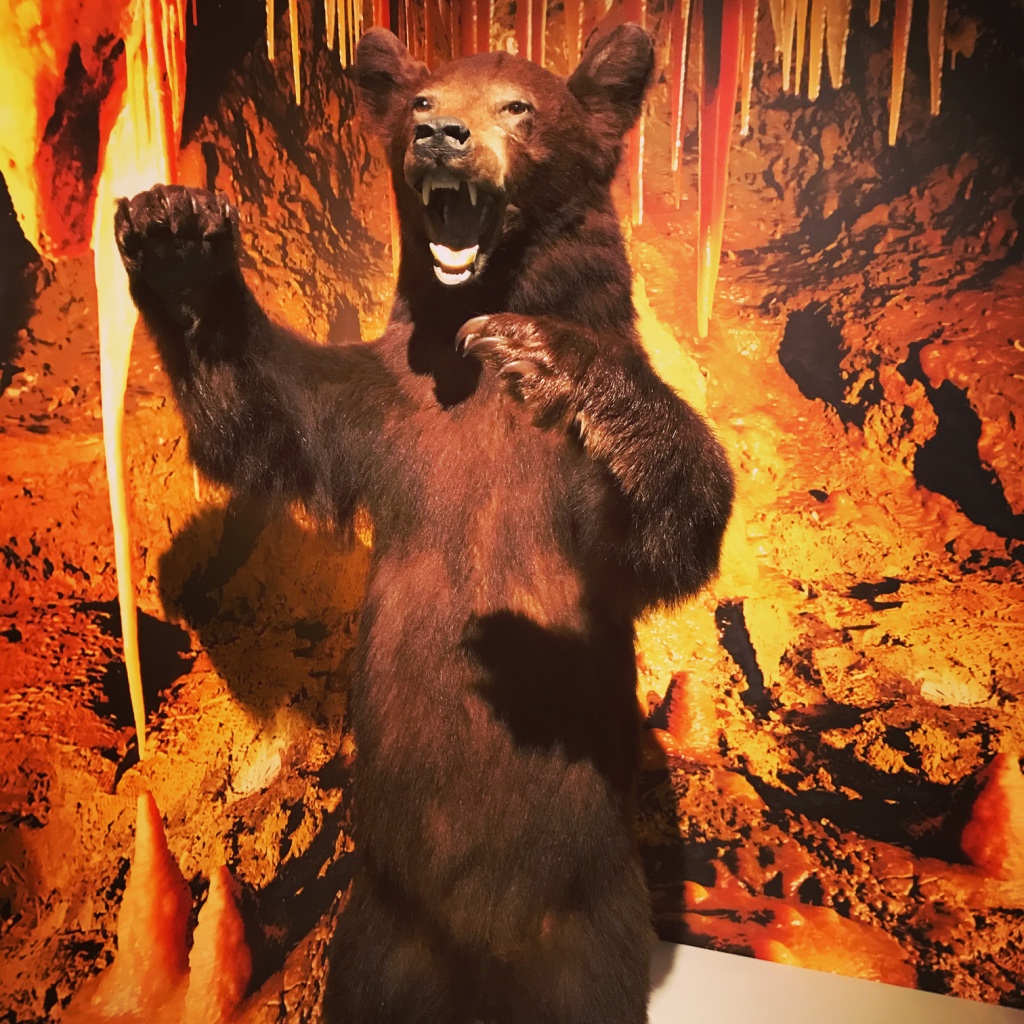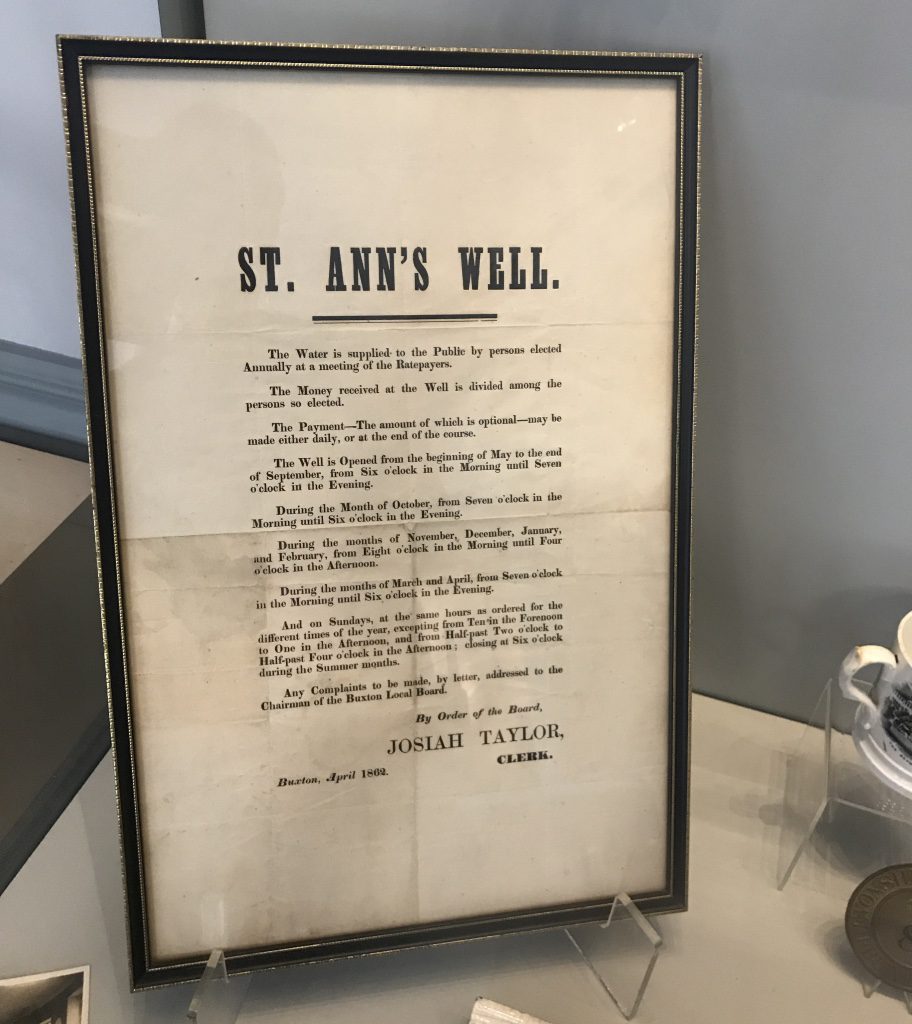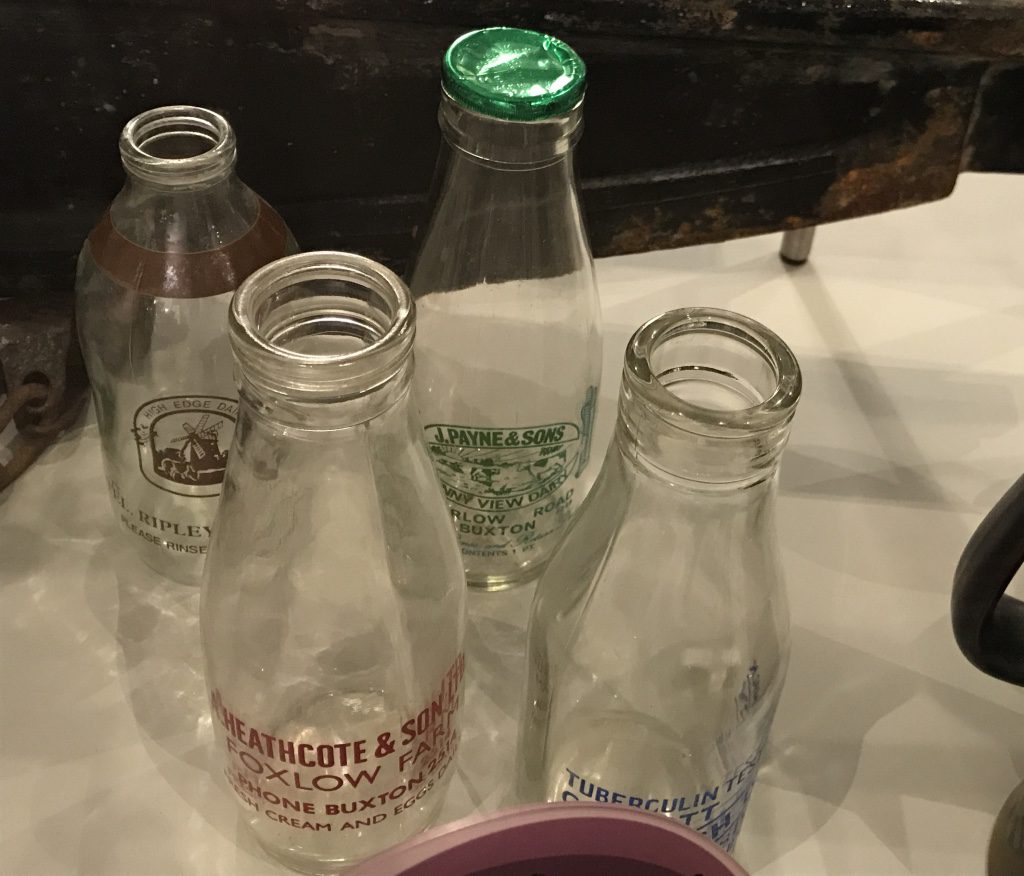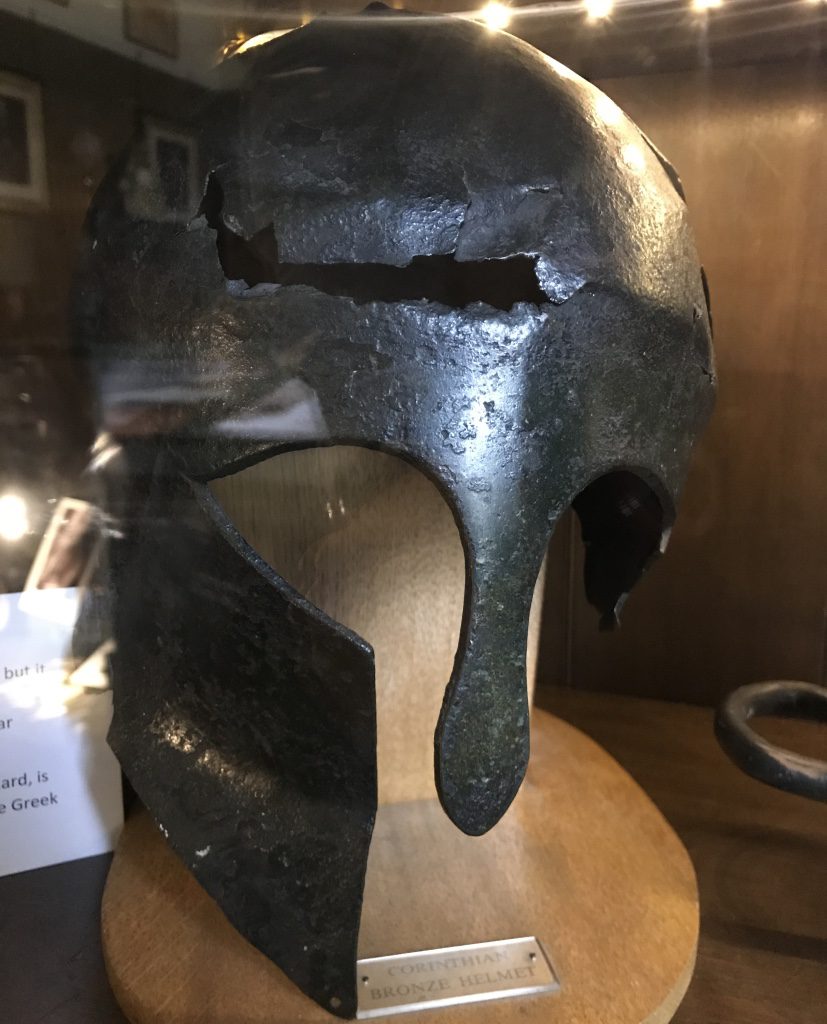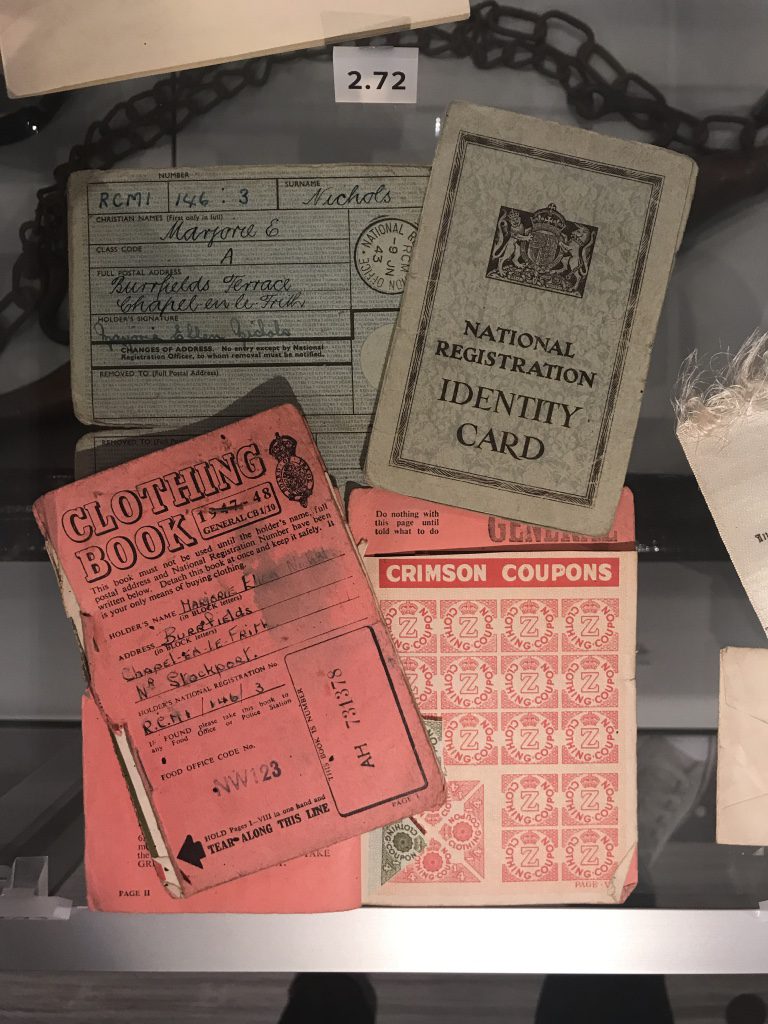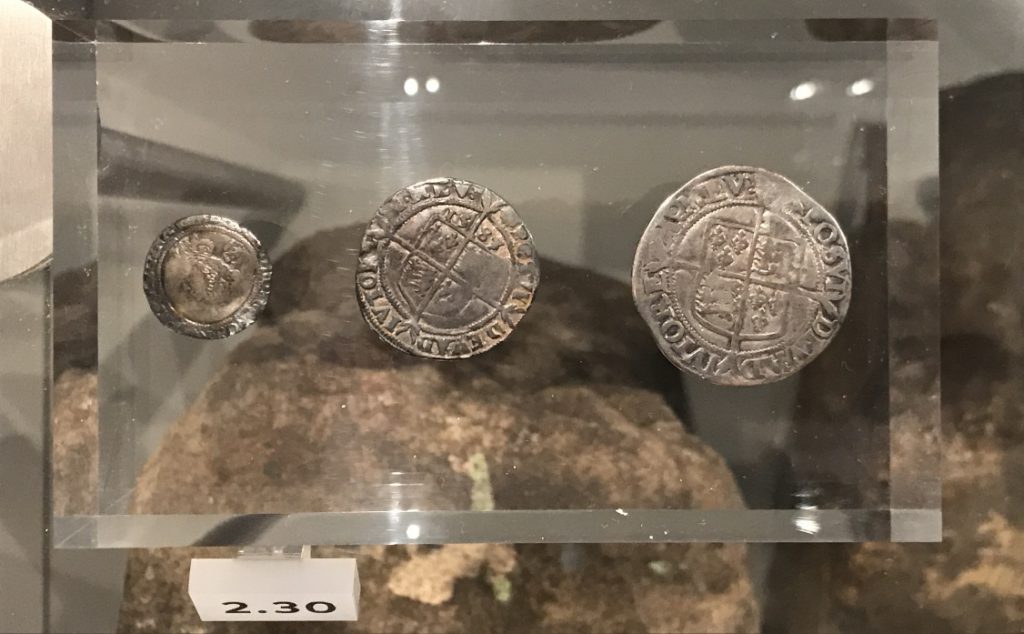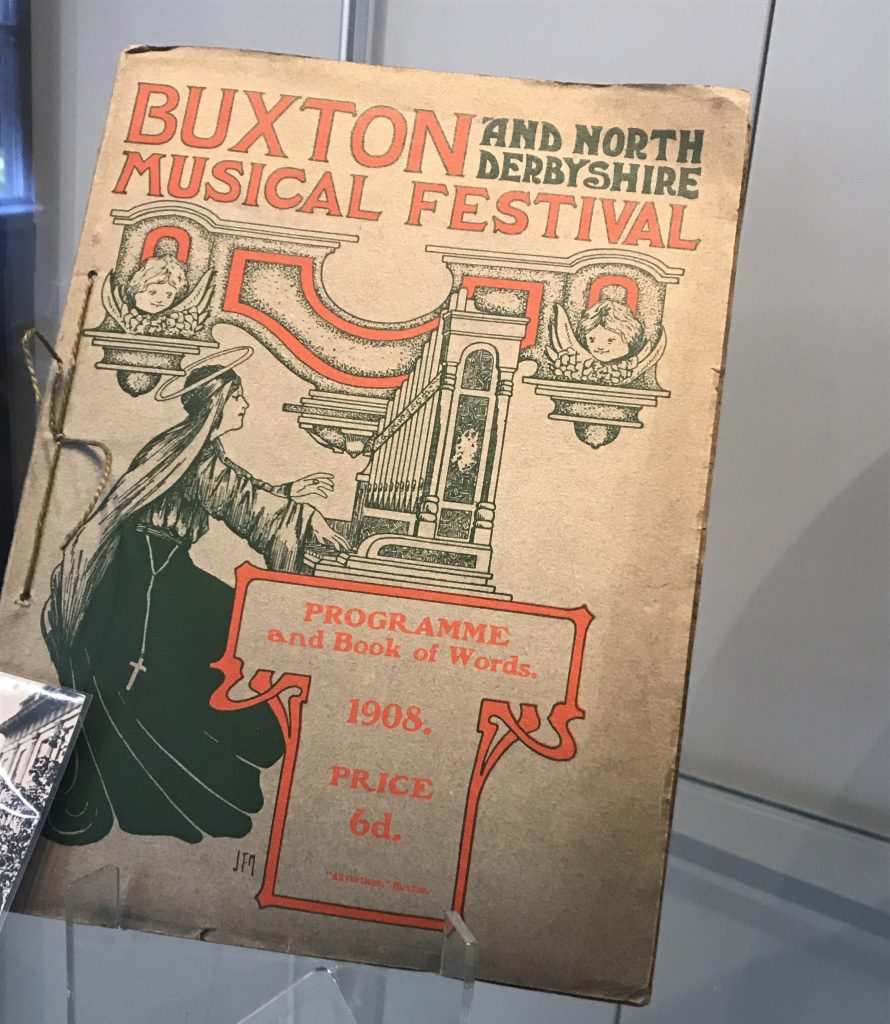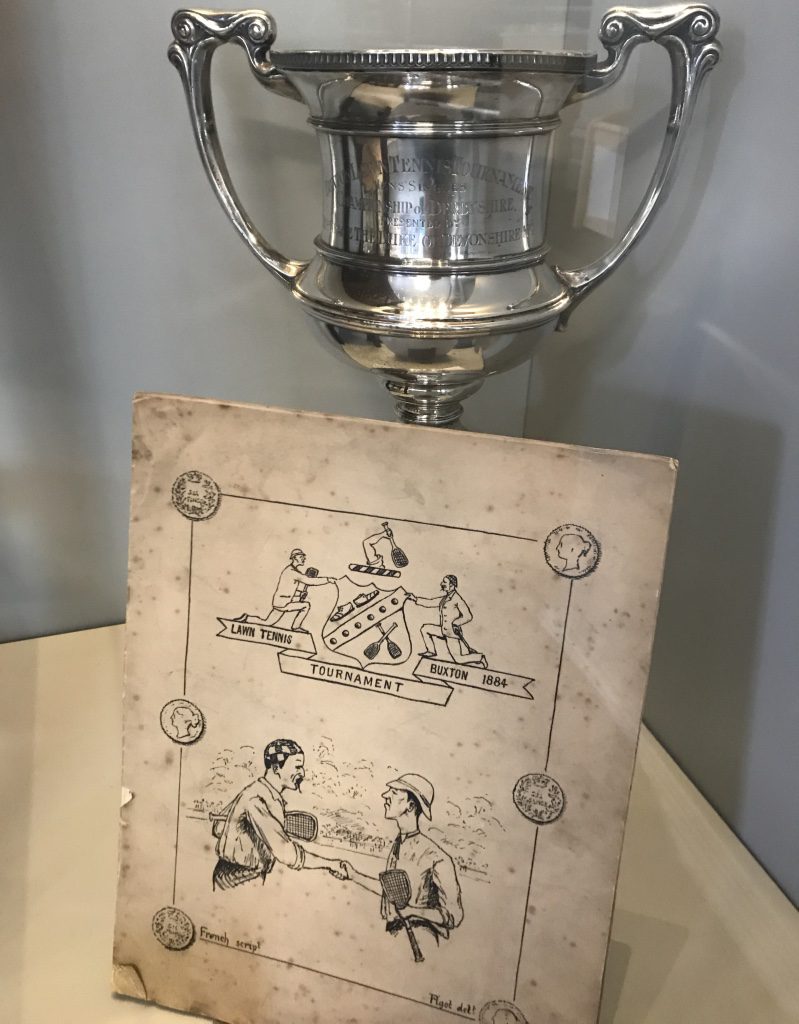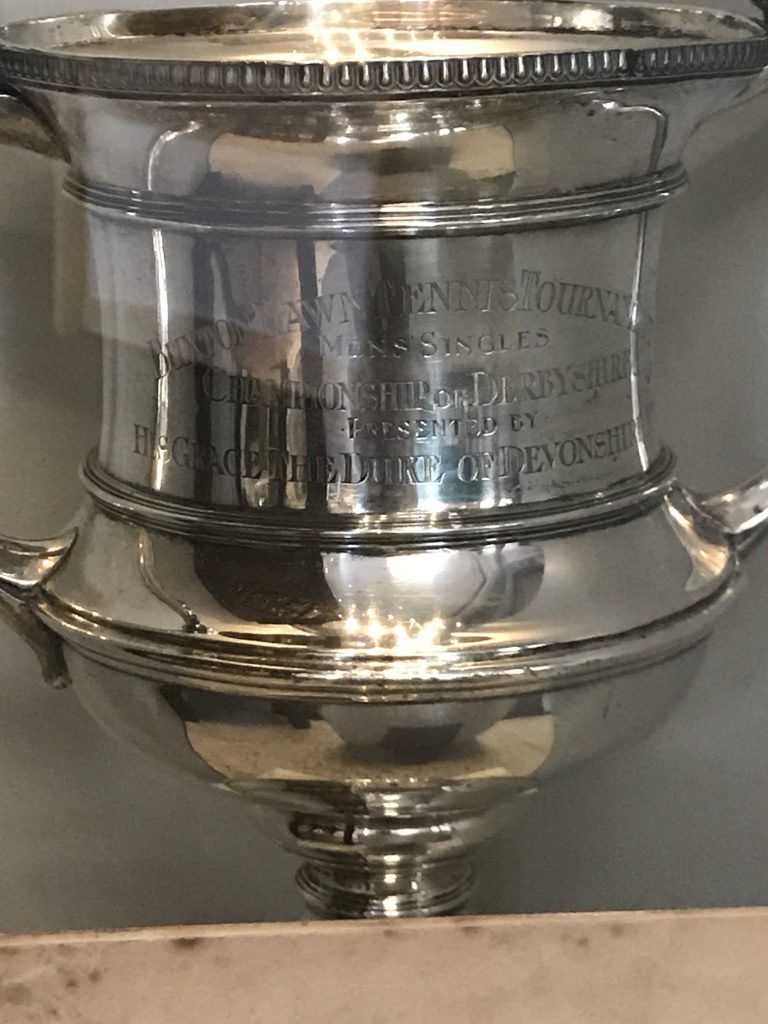Buxton Museum & Art Gallery is home to many things – two art galleries with changing exhibitions throughout the year and Wonders of the Peak, their permanent collection with over 1200 objects on display; Wonders of the Peak tells the story of the geology of the Peak District landscape and archaeological finds which the museum has collected since it first opened in 1893. We’ve picked out 23 of our favourite objects:
Which are your favourite? Why do like them? Do you have any memories about any of these objects or others on display you’ve seen when visiting the museum? Get in touch, we’d love to hear from you.
1. One pound note – Buxton and High Peak Bank, 1813
The Bank of England produced the first English bank notes in 1694. These notes showed their value by promising to pay the bearer the amount shown; a promise you can still see on banknotes today.
2. Buxton Mineral Water bottles – various versions
Bottled since 1840, Buxton Water was first sold in torpedo-shaped glass bottles called ‘Hamiltons’. Codd-necked bottles patented in 1870 were better at retaining the bubbles with a rubber washer and marble stopper in their necks. In the 1900s screw capped bottles replaced them.
3. The Buxton Hoard, found in 1979 in the Buxton Mineral Baths
Coins in the hoard are from 70AD – 410AD, representing the entire period of the Roman occupation of Buxton. The number of coins and their individual value helps the museum to map out how popular the baths were at different times.
4. Roman bronze arm band, found at Thirst Cave, Deepdale, 100 – 200AD
5. Roman jewellery, approximately 1,800 years old
Found in Thirst House Cave, Deepdale and Poole’s Cavern in Buxton – where pieces may also have been made. The Romans had arrived in Buxton by about 75AD. The called it Aquae Arnemetiae, after the goddess of the spring, Arnemetiae. Aquae Sulis (Bath) was the only other Roman town in Britain to be named for its water source. The Romans were attracted to Derbyshire’s mineral wealth. They hoped to find both silver and lead.
6. Bowl found at Hitter Hill, Earl Sterndale, 4,200 – 3,500 years old. Lent by the Trustees of the British Museum
7. Guide book / brochure – ‘The Buxton Gardens’, circa early 1900s
Buxton promoted itself in various ways over the years but some things don’t change – as seen here.
8. This famous object – a hand Axe, found near Hopton, Wirksworth, is approximately 350,000 – 200,000 years old
It is not confirmed that people were in Derbyshire 350,000 years ago but if people were here they would have shared the landscape with wild animals such cave lions, wolves and bears. It is not known why this hand axe was found here – was it dropped by a prehistoric hunter or moved here by glaciers or floods?
9. Ferodo Brochure from 1947 commemorating 50 years of production
10. Bronze axes and spearheads found in Derbyshire, 3,500 – 2,700 years old
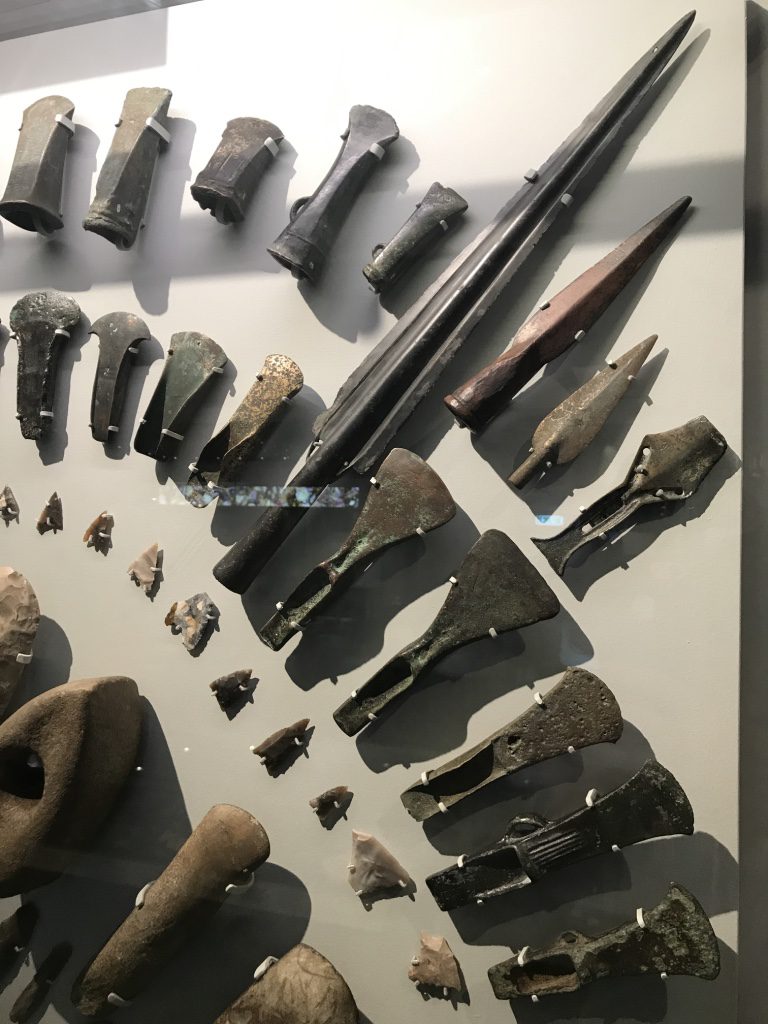 Tool making is an essential skill for survival. People returned to the Peak District about 15,000 years ago, after the last ice age. They made many tools from many materials, including wood, antler and bone, but stone tools are more durable so they survive in the greatest number.
Tool making is an essential skill for survival. People returned to the Peak District about 15,000 years ago, after the last ice age. They made many tools from many materials, including wood, antler and bone, but stone tools are more durable so they survive in the greatest number.
11. Bear skull, found at Thirst House Cave, Deepdale – 70,000 – 15,000 years old
12. Cave Lion hind leg bones found at Hindlow Quarry, Buxton, approx 200,000 years old
13. Poster promoting travel to London by horse and carriage, which included pick-ups in Buxton
14. Canadian brown bear
The Buxton Bear has become synonymous with Buxton Museum, becoming its unofficial mascot and much loved by locals. It was in fact just included in the original Wonders of the Peak as a prop to enhance the display.
15. St. Ann’s Well poster from 1862, displaying opening times for the well
16. Milk bottles used by local dairies in the 1960s
17. Corinthian helmet, c. 500 BC
Buxton Museum do not know the provenance of this helmet but it was likely brought to England from Greece by a wealthy tourist as helmets were popular souvenirs during the grand tour.
18. Collection of minerals
The display for these beautiful minerals is well worth looking at and there are more than pictured here.
19. The Wonders of the Peak by Charles Cotton, published in 1681
20. National Registration Identity cards and clothing books, 1940s. Belonging to Mr & Mrs Nicholls of Chapel-en-le-Frith
21. Silver threepence, sixpence and shilling of Elizabeth I, 1560 – 1587, found at Wormhill, near Buxton
22. Buxton Musical Festival, programme from 1908
23. Buxton Lawn Tennis Tournament, Men’s Singles, 1884
In 1880 the Buxton Gardens hosted a tennis tournament for visitors which, by 1883, was attracting so many entries that in 1884 the proprietors of the Gardens, the Buxton Improvements Company, decided to run a proper open tournament with ladies and gentlemen’s singles played under the title ‘Championship of Derbyshire’ and a ladies doubles played with the imposing title of ‘The All-England Ladies Doubles’. This latter championship was the first of its kind, being inaugurated before Wimbledon, or anyone else, could appropriate this title and it was played under this name until the tournament ceased in the 1950s.
Did You Enjoy This?
You might like our regular newsletter. We put all the best events, cultural highlights and offers from Buxton and the Peak District in your inbox every month.
This information will only be used to send you this newsletter. It is stored in Mailchimp.






